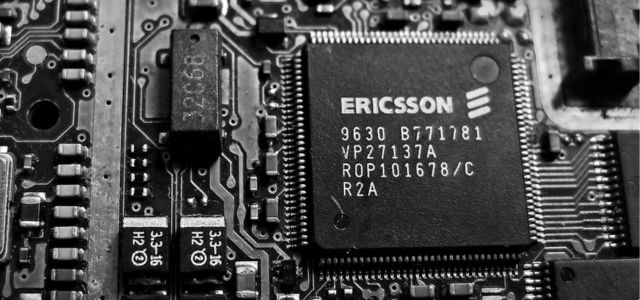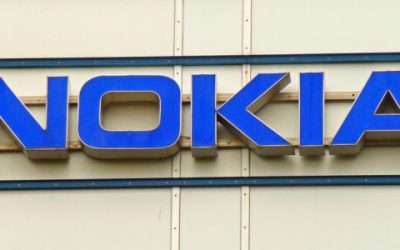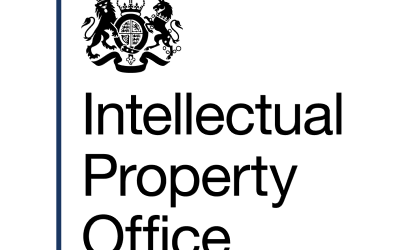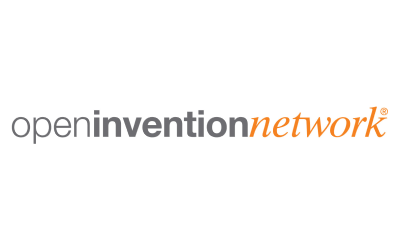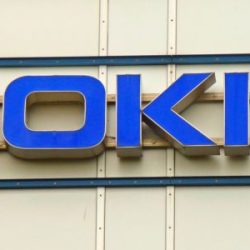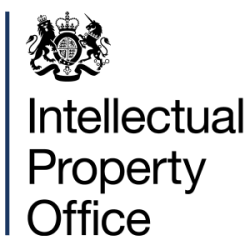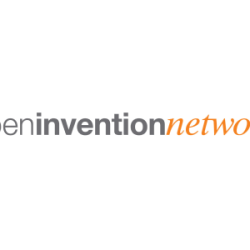On 28 March 2024, the Delhi High Court concluded a decade-long litigation between Telefonaktiebolaget LM Ericsson (Ericsson) and Lava Intl. Ltd (Lava) by delivering a landmark judgment that Lava infringed Ericsson’s eight Standard Essential Patents (SEPs) relating to EDGE, 2G, and 3G technology standards. The court awarded damages of USD 29 Million (INR 244 crores) with 5% post-judgment interest.
In 2015, Ericsson filed suit against Lava claiming infringement of its SEPs and seeking damages and injunction. Lava filed a counterclaim seeking revocation of Ericsson’s patents inter-alia under Section 3(k) of the Patents Act, 1970. In 2016, the court granted an interim injunction, pending a final decision, barring Lava from the alleged infringing activities.
Section 3(k) bars mathematical or business methods or a computer program per se or algorithms from patentability. Lava alleged that Ericsson’s SEPs were algorithms and/or computer programs. Lava alleged that the SEPs ought to be revoked on the grounds of lack of novelty and inventive steps, insufficiency of disclosure, and misrepresentations. However, after detailed technical analysis, considering the evidence and prior arts cited, the court held that only one SEP was liable to be revoked under Section 3(k) for lack of novelty.
Lava took the stand that the relevant standards could be implemented without infringing the SEPs, i.e., Ericsson’s patents were not essential to the standard. However, Lava failed to demonstrate, with cogent evidence, the existence of alternative methods of implementing the standard, leading to the necessary inference that Ericsson’s patents were essential for standard implementation. Lava’s devices were therefore held as infringing. The court applied the two-step test for establishing infringement, i.e., mapping the suit patents onto the standard to show essentiality, and that Lava’s devices conform to the standard.
Lava also claimed exhaustion of patent rights by alleging that its chipset suppliers are licensees of Ericsson. Ericsson countered that these suppliers were not its licensees and that inventions claimed in the SEPs extend beyond the scope of the chipsets and read on functionality and user equipment that provide substantial value to users beyond the chipset. Further, since Lava’s devices are multimode, i.e., they implement multiple standards such as 2G and EDGE, Lava was still required to obtain licenses. The court ruled that Lava could not avail of this defense because it could not show agreements of suppliers with Ericsson granting a license to sell end-user devices or that Lava was indemnified. The court also noted that Lava did not undertake any due diligence of their suppliers before getting into business with them.
The court held Lava to be an unwilling licensee as it did not engage with Ericsson in good faith. The court noted that Lava’s failure to respond to Ericsson’s offers, strategic filing of a lawsuit before meeting with Ericsson, and demand for third-party confidential information are inconsistent with the principles of fair and constructive negotiation. Thus, the court held that Lava was deliberately holding out.
Finding Ericsson’s suit patent valid and infringed, the court held that damages would be calculated based on royalties payable at FRAND (fair, reasonable, and non-discriminatory) rates and based on the net selling price of the end device. The court rejected Lava’s claim of royalty stacking given Lava’s absence of agreements with other SEP holders. It also rejected allegations of hold-up since Ericsson continued to make various FRAND offers and Lava’s failure to show that Ericsson demanded higher royalty post-adoption of the standard.
The court held that portfolio licensing is the correct approach in contrast to individual patent licenses since it reduces transaction costs, legal complexities, and uncertainties in technology implementation and, therefore, it has been adopted as the industry standard.
The court, while assessing damages (FRAND royalty rates), recognized the Comparable Licensing approach as preferable to the top-down approach, i.e., proportional share to the asserted portfolio, of the aggregate royalty burden for all patents essential to the standard. The court found that Ericsson’s offers to Lava were almost identical to offers to other similarly placed entities and thus were FRAND.
The judgment gives valuable guidance on SEP litigation in India, how parties ought to negotiate, and insights into the patentability standard under Section 3(k). Furthermore, it also informs on infringement analysis, damages calculation, and the evidence that parties ought to marshal to succeed in such litigation.

Written by Pramod Kumar
Associate, K&S Partners

Written by Naveen Suriya
Partner, K&S Partners
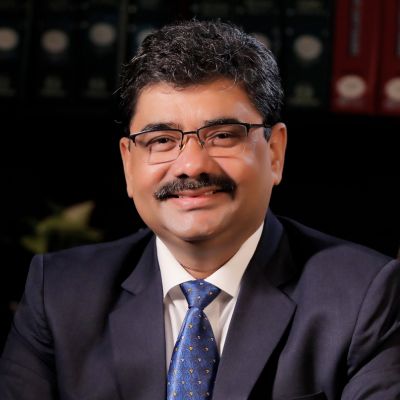
Written by Sanjeev Kumar Tiwari
Partner, K&S Partners
You may also like…
Nokia v. Mala Technologies: the UPC interprets its relationship with national courts
Brussels recast The Brussels I Regulation has been in force, under various names, since 1973 and defines general rules...
UK IPO celebrates first filing in new digital service
The UK Intellectual Property Office (IPO) marks a ‘game-changing moment’ as the first patent is filed in the new ‘One...
World’s largest wireless telecommunications operator China Mobile joins Open Invention Network
Chinese companies have become increasingly sophisticated regarding patents. According to the country’s top...
Contact us to write for out Newsletter


